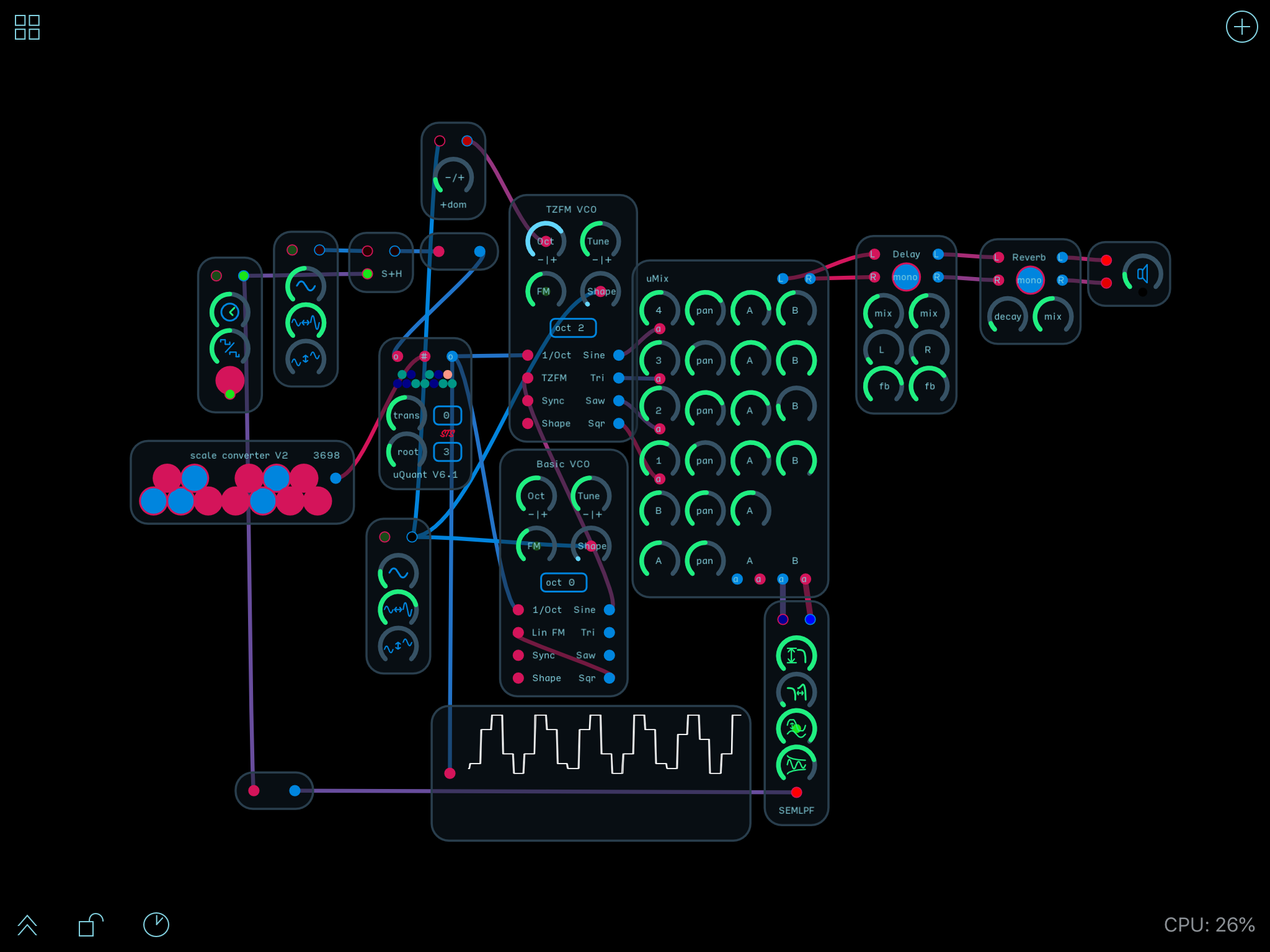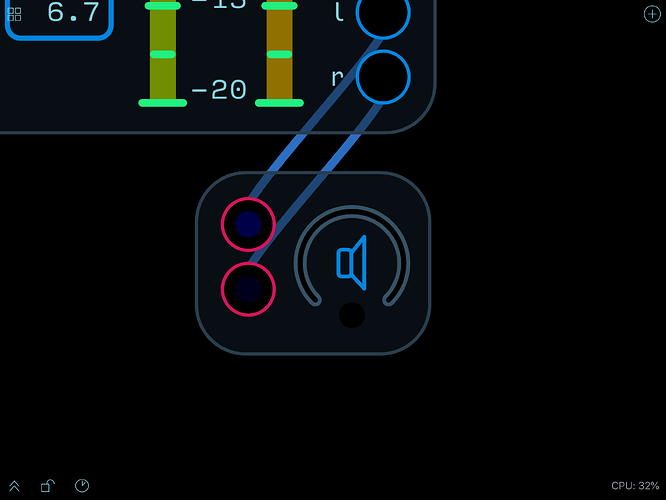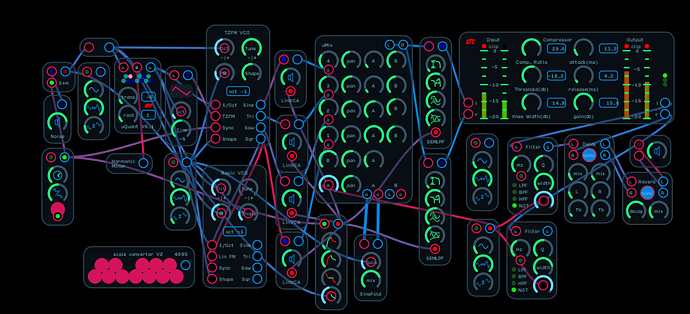Now, here’s my hunch. You can reverse time in an equation. Event time, so to speak, can only be perceptually reversed. Since sound can only be experienced over time, there must be a mental buffer that we fill and, in some sense, capture time. This captured time – the buffer – can be perceived apart from regular time or universal time.
When I read Deleuze’s book Bergsonism, it seemed to provide a poetic understanding of the concept of time, apart from ratio based/parameter based applications. The idea that ‘we dive into time’ has always stuck with me. The thing about periodic events is they tend to provide the repititions necessary to ‘anticipate’, so that perspective is possible through comparative change.
It is tempting to wash our hands of this kind of talk and just agree upon a quantified standard of negative values. It is equally tempting to think that Heidegger’s book Being and Time has nothing to do with math/programming. One might also think that Wittgenstein’s later work on meaning has nothing to do with DSP. However, we are deep into the world of logic. It is quite difficult to set aside the claim that understanding is more than just knowing how to continue a series, for example.
If anyone is interested in a more modern thought experiment, John Searle’s Chinese Room problem is straightforward.
If we use Descarte’s coordinates to plot time, like a scope, then freeze the image or tear off the page, it seems like time could be a product. But I don’t think any of this gets at inverse frequencies, which I suspect would make more sense to me if it was conceived in terms of electrical applications. In this case wouldn’t the math be a logical statement such as, ‘let x=?’ Further, if we use it as a modulation source, it then ceases to have anything to do with time, other than as a clock sync.
I don’t want to kick up dust to cover up understanding here. I just wanted to hash out a small portion of how I would be having difficulty with the video drops like @robertsyrett posted above. I really do not think it is so simple, just as I do not think that being able to carry a mathimatical series forward is clear evidence of understanding.
You might then ask, if we can get the equations right, what more do we need? I believe it has a lot to do with AI, and I am happy that the current culture can’t quite figure it out yet.
I have a long drive ahead of me so I have to leave it here.







